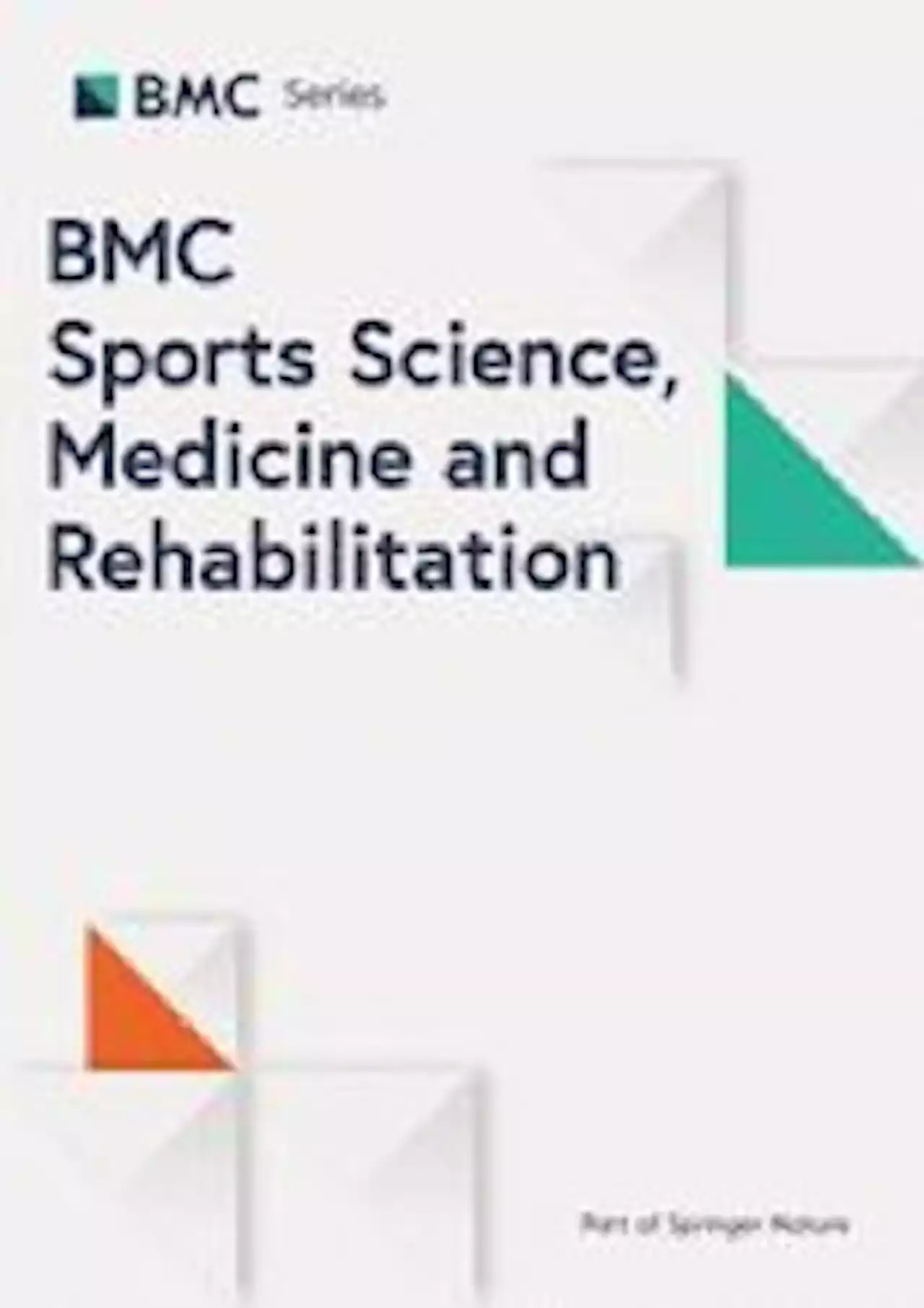In a BugBitten blog post, SciAnouk discusses a study on the of use socioeconomic and ecosystem degradation variables to improve the predictive accuracy of disease risk models for neglected tropical diseases in Brazil.
Operação de Fiscalização na Floresta Nacional do Jamanxim, no Pará Foto: Vinícius Mendonça/IbamaOperação de Fiscalização na Floresta Nacional do Jamanxim, no Pará Foto: Vinícius Mendonça/Ibama Last Saturday, 22 April 2023, was Earth Day, an international annual event to recognize, celebrate and advocate for the protection of the environmental and ecosystems.
They used Ecological Niche Modelling for disease risk mapping: Two sets of models were compared to test whether socioeconomic variables improved the model’s performance for each disease: a set of models with environmental and socioeconomic variables and a set of models with only environmental variables .
Simple The researchers compared the quality and predictive performance of the two sets of models for each disease and used them to identify which variables are most important in terms of their influence on the likelihood of disease occurrence for each disease. Poverty and diseases: In the combined models, GDP was the most significant predictive variable for all diseases, followed by annual precipitation and annual mean temperature. Out of all the socioeconomic variables GDP was the most important variable for schistosomiasis, leptospirosis, malaria, dengue fever, visceral and cutaneous leishmaniasis and Chagas disease. For hantavirus and Brazilian spotted fever the most important socioeconomic variable was the proportion of households without toilets.
United Kingdom Latest News, United Kingdom Headlines
Similar News:You can also read news stories similar to this one that we have collected from other news sources.
 Coronation weather forecast: Fears flypast could be cancelled as Met Office predicts showers in LondonTHE coronation flypast is under threat of being cancelled due to poor weather with the Met Office predicting showers in London. More than 60 planes from the Royal Navy, British Army and Royal Air F…
Coronation weather forecast: Fears flypast could be cancelled as Met Office predicts showers in LondonTHE coronation flypast is under threat of being cancelled due to poor weather with the Met Office predicting showers in London. More than 60 planes from the Royal Navy, British Army and Royal Air F…
Read more »
 Black British pensioners live in poverty after housing costsBlack British pensioners live in poverty after housing costs New research finds that 25% black pensioners live in poverty after paying their housing costs, compared to 17% of white British pensioners.
Black British pensioners live in poverty after housing costsBlack British pensioners live in poverty after housing costs New research finds that 25% black pensioners live in poverty after paying their housing costs, compared to 17% of white British pensioners.
Read more »
 David Linden: Scotland is being held back by cruel Westminster policies'I feel sick when I read accounts of my constituents who struggle to feed and clothe their children' | DavidLinden ✍️
David Linden: Scotland is being held back by cruel Westminster policies'I feel sick when I read accounts of my constituents who struggle to feed and clothe their children' | DavidLinden ✍️
Read more »
 'It's the worse-off I've ever been': Poverty in the shadow of the Coronation'I'm struggling like hell. I'm in arrears with the rent, in arrears with the electricity. I'm terrified that this time next year we won't have anywhere to live'
'It's the worse-off I've ever been': Poverty in the shadow of the Coronation'I'm struggling like hell. I'm in arrears with the rent, in arrears with the electricity. I'm terrified that this time next year we won't have anywhere to live'
Read more »
 Adolescents, young adults with advanced heart disease show desire to take active role in medical care decisionsAdolescents and young adults with advanced heart disease are at high risk of dying in the hospital, often require invasive treatment and experience significant symptoms that impact their quality of life.
Adolescents, young adults with advanced heart disease show desire to take active role in medical care decisionsAdolescents and young adults with advanced heart disease are at high risk of dying in the hospital, often require invasive treatment and experience significant symptoms that impact their quality of life.
Read more »
 Associations between cardiovascular risk factors, disease activity and cardiorespiratory fitness in patients with inflammatory joint disease: a cross-sectional analysis - BMC Sports Science, Medicine and RehabilitationBackground Inflammatory joint diseases (IJD) are accompanied by an increased risk of cardiovascular disease (CVD). Cardiorespiratory fitness (CRF) is a modifiable CVD risk factor and low levels of CRF associate with an elevated CVD risk. This study aimed to investigate the associations between CVD risk factors, disease activity and CRF in patients with IJD and to explore differences between patients with normal versus low levels of CRF. Methods CRF was measured as peak oxygen uptake (VO2peak) with a cardiopulmonary exercise test. Participants were also evaluated for: Body composition, blood pressure, blood lipids, inflammatory markers and disease activity. Patient-reported use of cigarettes/snuff, medication, disease duration, pain, fatigue, CVD history, habitual physical activity and exercise beliefs and self-efficacy were collected by questionnaire. Cross-sectional associations between CVD risk factors, disease-related factors and CRF were analyzed by multiple linear regression. CRF was categorized to normal CRF (VO2peak ≥ 80%) or low CRF (VO2peak | 80%) according to age- and gender-stratified reference data. Differences in demographic, CVD and disease-related factors between patients with normal versus low CRF were explored. Results In 60 Norwegian patients with IJD [34 females, age 59 years (IQR: 52–63)], mean VO2peak was 30.2 (± 6.9) mL/kg/min, corresponding to 83% (± 18) of normative reference values. Age (coefficient: − 0.18 years, p = 0.01) and fat mass (coefficient: − 0.67 %, p | 0.001) were inversely associated with CRF, while physical activity index (coefficient: 0.13 points, p = 0.05) was positively associated with CRF (R2 = 0.66). There were no significant associations between CRF, classical CVD risk factors and disease-related variables. Compared to patients with low CRF (n = 30), patients with normal CRF (n = 30) had higher peak oxygen uptake (+ 9.4 mL/kg/min, p | 0.001), high-density lipoprotein cholesterol (+ 0.5 mmol L−1, p | 0.001), and exercise s
Associations between cardiovascular risk factors, disease activity and cardiorespiratory fitness in patients with inflammatory joint disease: a cross-sectional analysis - BMC Sports Science, Medicine and RehabilitationBackground Inflammatory joint diseases (IJD) are accompanied by an increased risk of cardiovascular disease (CVD). Cardiorespiratory fitness (CRF) is a modifiable CVD risk factor and low levels of CRF associate with an elevated CVD risk. This study aimed to investigate the associations between CVD risk factors, disease activity and CRF in patients with IJD and to explore differences between patients with normal versus low levels of CRF. Methods CRF was measured as peak oxygen uptake (VO2peak) with a cardiopulmonary exercise test. Participants were also evaluated for: Body composition, blood pressure, blood lipids, inflammatory markers and disease activity. Patient-reported use of cigarettes/snuff, medication, disease duration, pain, fatigue, CVD history, habitual physical activity and exercise beliefs and self-efficacy were collected by questionnaire. Cross-sectional associations between CVD risk factors, disease-related factors and CRF were analyzed by multiple linear regression. CRF was categorized to normal CRF (VO2peak ≥ 80%) or low CRF (VO2peak | 80%) according to age- and gender-stratified reference data. Differences in demographic, CVD and disease-related factors between patients with normal versus low CRF were explored. Results In 60 Norwegian patients with IJD [34 females, age 59 years (IQR: 52–63)], mean VO2peak was 30.2 (± 6.9) mL/kg/min, corresponding to 83% (± 18) of normative reference values. Age (coefficient: − 0.18 years, p = 0.01) and fat mass (coefficient: − 0.67 %, p | 0.001) were inversely associated with CRF, while physical activity index (coefficient: 0.13 points, p = 0.05) was positively associated with CRF (R2 = 0.66). There were no significant associations between CRF, classical CVD risk factors and disease-related variables. Compared to patients with low CRF (n = 30), patients with normal CRF (n = 30) had higher peak oxygen uptake (+ 9.4 mL/kg/min, p | 0.001), high-density lipoprotein cholesterol (+ 0.5 mmol L−1, p | 0.001), and exercise s
Read more »
